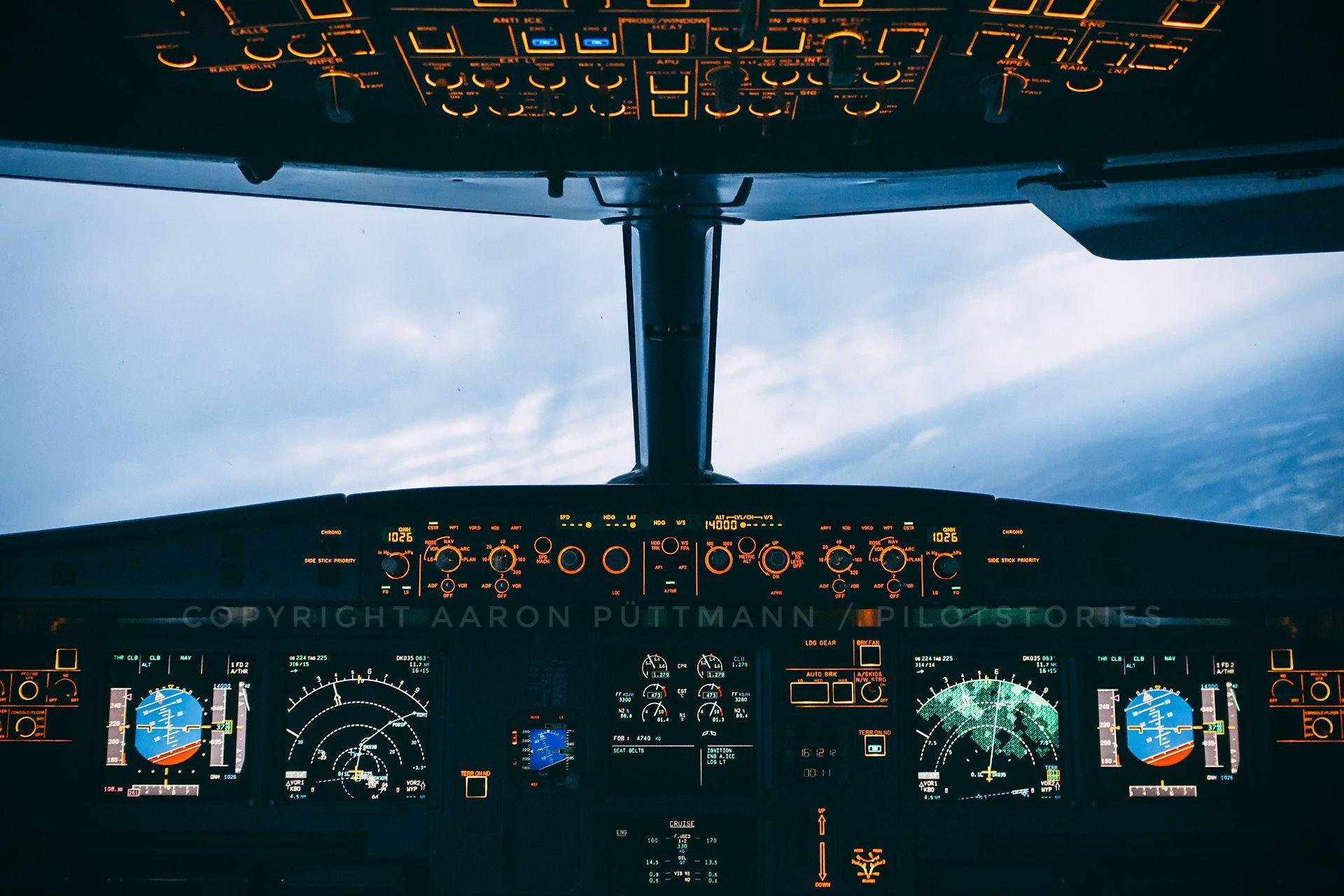

When Mohamed Atta checked in at the Portland airport with a fellow hijacker for their short flight to Boston, he was selected for additional scrutiny under what was then known as CAPPS (Computer Assisted Passenger Prescreening System). 11, 2001, at Portland International Jetport in Maine in an image from airport surveillance tape released on Sept. Two men identified by authorities as hijackers Mohamed Atta (right) and Abdulaziz Alomari (center) pass through airport security on Sept. And don't forget to take your liquids of 3.4 ounces or less out of your carry-on. We take off our shoes, empty our pockets and take laptops and other devices out of carry-on bags before stepping into high-resolution, full-body scanners, while our bags go through 3D-imaging X-ray machines. Now, travelers often stand in long lines at security checkpoints with wait times that can exceed an hour. "All you had to do was go through the security checkpoint - no questions asked, no ID needed." You did not have to have a boarding pass," Price says.


"You could walk up to the gate at the very last minute. "It was designed to be something in the background that really wasn't that noticeable and definitely did not interfere with aircraft or airport operations." "Before 9/11, security was almost invisible, and it was really designed to be that way," Price says. Those security contracts usually went to the lowest bidder. 11, 2001, and is now an aviation security expert at Metropolitan State University of Denver.Īirport security at that time was carried out by private contractors, usually hired by the airlines, with few federal standards. "It was so easy - a lot of us were surprised it hadn't happened sooner," says Jeff Price, who was assistant security director at Denver International Airport on Sept.


 0 kommentar(er)
0 kommentar(er)
